BYD Seal vs Toyota bZ4X – Which one offers the better deal?
Two cars, one duel: BYD Seal meets Toyota bZ4X.
Which one wins in performance, efficiency and value for money? Find out now!
Here’s where it gets real: The technical differences in detail
Costs and Efficiency: Price and efficiency are often the first things buyers look at. Here it becomes clear which model has the long-term edge – whether at the pump, the plug, or in purchase price.
Toyota bZ4X has the slight advantage in terms of price – starting at 36800 £, while the BYD Seal starts at 40300 £. That’s a price difference of about 3506 £.
When it comes to electricity consumption, the advantage goes to the Toyota bZ4X: with 13.50 kWh per 100 km, it’s a bit more efficient than the BYD Seal with 15.40 kWh. That’s roughly 1.90 kWh difference.
In terms of range, the BYD Seal performs slight better – offering up to 570 km, roughly 2 km more than the Toyota bZ4X.
Engine and Performance: Power, torque and acceleration say a lot about how a car feels on the road. This is where you see which model delivers more driving dynamics.
When it comes to engine performance, the BYD Seal clearly takes the lead – with 530 HP compared to 343 HP. That’s a power increase of roughly 187 HP.
In acceleration from 0 to 100 km/h, the BYD Seal is noticeably faster – completing the sprint in 3.80 s, while the Toyota bZ4X takes 5.10 s. That makes it around 1.30 s quicker.
In terms of top speed, the BYD Seal is slightly ahead – reaching 220 km/h, while the Toyota bZ4X tops out at 160 km/h. The difference is roughly 60 km/h.
There’s also a difference in torque: the BYD Seal pulls decisively stronger, offering 670 Nm compared to 338 Nm. That’s about 332 Nm difference.
Space and Everyday Use: Cabin size, boot volume and payload all play a role in everyday practicality. Here, comfort and flexibility make the difference.
Both vehicles offer enough space for 5 passengers.
The BYD Seal is slightly lighter – 1907 kg compared to 1970 kg. The weight difference is around 63 kg.
In trunk capacity, the Toyota bZ4X takes the lead – 452 L compared to 400 L. That’s around 52 L difference.
Payload capacity also favors the Toyota bZ4X hardly any – 495 kg compared to 473 kg. The difference is roughly 22 kg.
Our verdict: The BYD Seal leaves its rival little chance and therefore earns the title of our DriveDuel Champion!
BYD Seal is the better all-rounder in this comparison.
BYD Seal
The BYD Seal represents a sleek fusion of innovative technology and stylish design, setting it apart in the competitive electric vehicle market. With its aerodynamic silhouette and premium interior finishes, the car offers a driving experience that is both comfortable and exhilarating. Enthusiasts are particularly impressed by the seamless integration of advanced features that prioritise safety and convenience.
details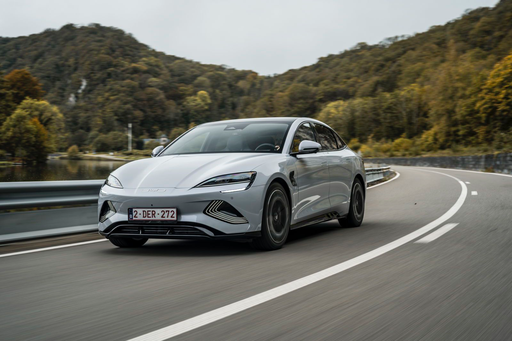 @ press.bydauto.be
@ press.bydauto.be
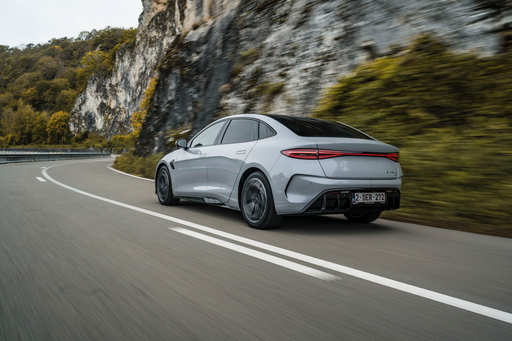 @ press.bydauto.be
@ press.bydauto.be
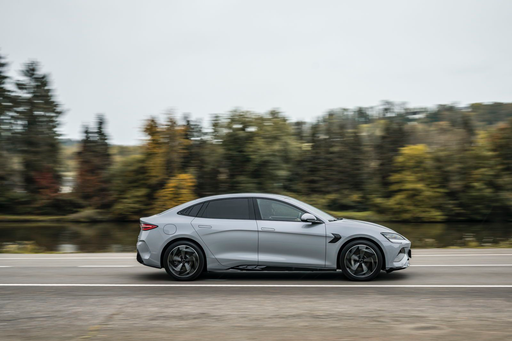 @ press.bydauto.be
@ press.bydauto.be
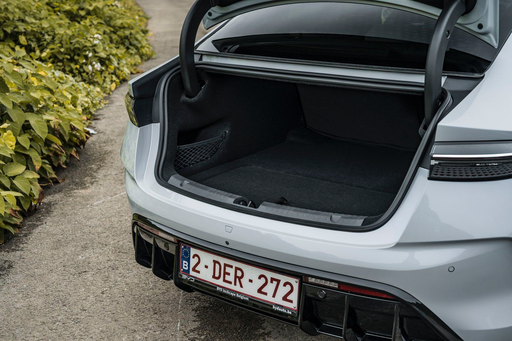 @ press.bydauto.be
@ press.bydauto.be
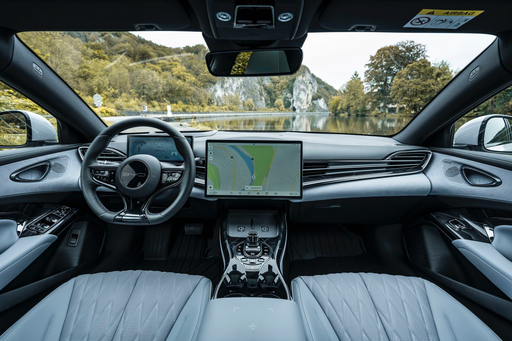 @ press.bydauto.be
@ press.bydauto.be
Toyota bZ4X
The Toyota bZ4X represents a bold step forward in the brand's commitment to electric mobility, showcasing an innovative design that merges futuristic aesthetics and functionality. Inside, the spacious cabin is thoughtfully crafted to provide comfort and advanced technology, ensuring a pleasurable driving experience. With its impressive range and sustainable vision, the bZ4X sets a new benchmark for environmentally conscious driving without compromising on performance or style.
details @ Toyota
@ Toyota
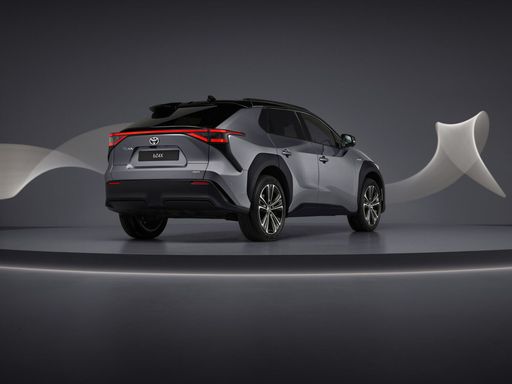 @ Toyota
@ Toyota
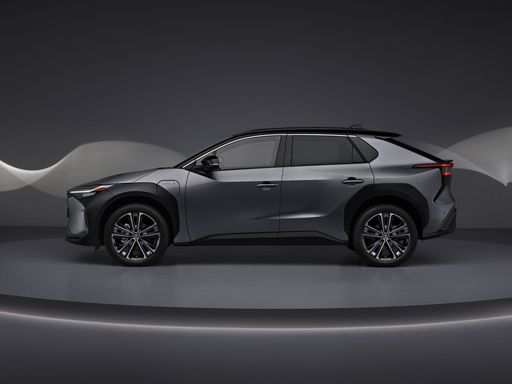 @ Toyota
@ Toyota
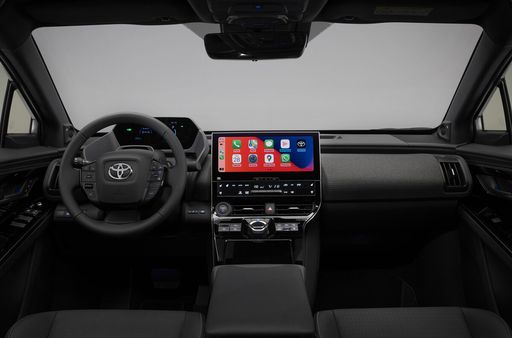 @ Toyota
@ Toyota
 @ Toyota
@ Toyota
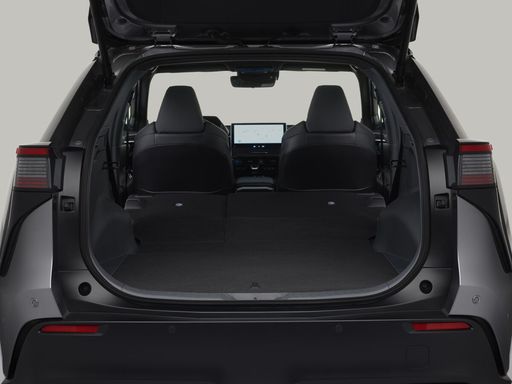 @ Toyota
@ Toyota

|

|
|
|
|
Costs and Consumption |
|
|---|---|
|
Price
40300 - 45400 £
|
Price
36800 - 48000 £
|
|
Consumption L/100km
-
|
Consumption L/100km
-
|
|
Consumption kWh/100km
15.4 - 18.2 kWh
|
Consumption kWh/100km
13.5 - 16.2 kWh
|
|
Electric Range
460 - 570 km
|
Electric Range
444 - 568 km
|
|
Battery Capacity
-
|
Battery Capacity
-
|
|
co2
0 g/km
|
co2
0 g/km
|
|
Fuel tank capacity
-
|
Fuel tank capacity
-
|
Dimensions and Body |
|
|---|---|
|
Body Type
Sedan
|
Body Type
SUV
|
|
Seats
5
|
Seats
5
|
|
Doors
4
|
Doors
5
|
|
Curb weight
1907 - 2185 kg
|
Curb weight
1970 - 2180 kg
|
|
Trunk capacity
400 L
|
Trunk capacity
452 L
|
|
Length
4800 mm
|
Length
4690 mm
|
|
Width
1875 mm
|
Width
1860 mm
|
|
Height
1460 mm
|
Height
1600 - 1650 mm
|
|
Max trunk capacity
-
|
Max trunk capacity
-
|
|
Payload
446 - 473 kg
|
Payload
375 - 495 kg
|
Engine and Performance |
|
|---|---|
|
Engine Type
Electric
|
Engine Type
Electric
|
|
Transmission
Automatic
|
Transmission
Automatic
|
|
Transmission Detail
Reduction Gearbox
|
Transmission Detail
Reduction Gearbox
|
|
Drive Type
Rear-Wheel Drive, All-Wheel Drive
|
Drive Type
Front-Wheel Drive, All-Wheel Drive
|
|
Power HP
231 - 530 HP
|
Power HP
167 - 343 HP
|
|
Acceleration 0-100km/h
3.8 - 7.5 s
|
Acceleration 0-100km/h
5.1 - 8.6 s
|
|
Max Speed
180 - 220 km/h
|
Max Speed
140 - 160 km/h
|
|
Torque
360 - 670 Nm
|
Torque
265 - 338 Nm
|
|
Number of Cylinders
-
|
Number of Cylinders
-
|
|
Power kW
170 - 390 kW
|
Power kW
123 - 252 kW
|
|
Engine capacity
-
|
Engine capacity
-
|
General |
|
|---|---|
|
Model Year
2023 - 2025
|
Model Year
2024 - 2025
|
|
CO2 Efficiency Class
A
|
CO2 Efficiency Class
A
|
|
Brand
BYD
|
Brand
Toyota
|
What drive types are available for the BYD Seal?
The BYD Seal is available as Rear-Wheel Drive or All-Wheel Drive.
The prices and data displayed are estimates based on German list prices and may vary by country. This information is not legally binding.
